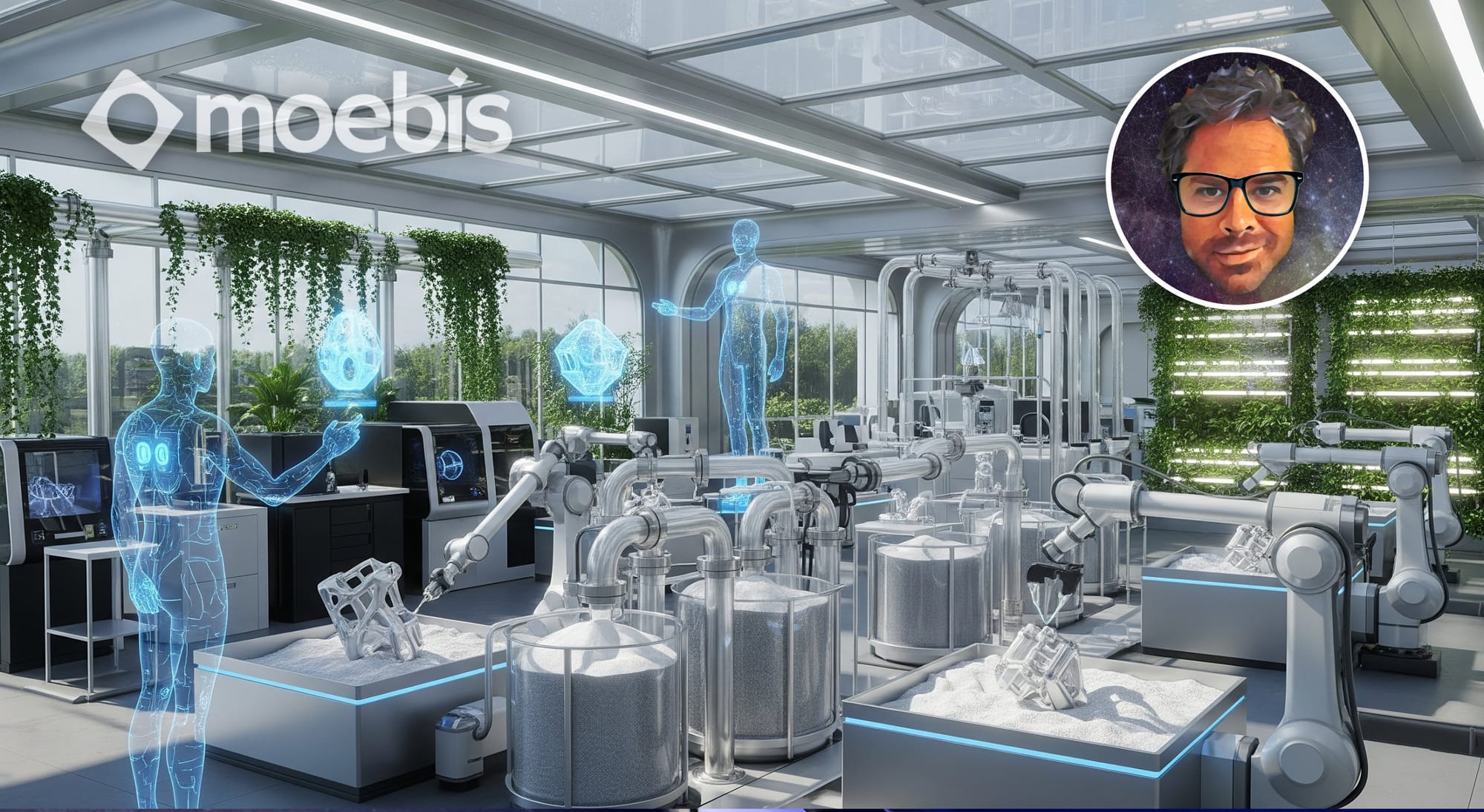AI-Driven 3D Printing: Four Ways It Can Re-shape Sustainable Manufacturing
Sustainability isn't just a buzzword anymore—it's becoming the true test of whether tomorrow's manufacturers can thrive. AI and additive manufacturing (3D printing) are joining forces in spectacular ways to cut waste, energy use, and emissions.

Sustainability isn't just a buzzword anymore—it's becoming the true test of whether tomorrow's manufacturers can thrive. AI and additive manufacturing (3D printing) are joining forces in spectacular ways to cut waste, energy use, and emissions. Let's explore how AI-powered 3D printing could spark a genuine manufacturing revolution.
1. Generative “Zero-Waste” Design
AI generative-design tools are enabling machines to dream up thousands of component geometries in mere minutes. Imagine parts engineered for maximum strength but with the absolute minimum of material, whether that's light metals or high-tech polymers. This process can trim raw material use by up to 50%. Since additive manufacturing only deposits material where it's needed—based on the AI’s blueprint—waste is nearly eradicated. The result: fewer shavings, lower carbon footprint, and cheaper parts.
2. Real-Time Process Autopilots
AI's eagle eye isn't limited to design. Modern 3D printers, equipped with machine-learning vision systems, now monitor each layer as it's born, using smart prediction to head off defects before they set. If a print starts to falter, the system automatically tweaks parameters like laser power or temperature. These instant corrections mean fewer scrapped jobs, less wasted energy, and longer life for precious feedstock. Many plants are already seeing significant energy savings and higher reliability.
3. Circular Materials & Localized Loops
The additive revolution isn't just about what goes in—it's about what comes out (and goes back in). Powder-bed 3D printers now reclaim up to 90% of unused material. AI scheduling takes this even further, maximizing powder reuse by perfectly blending fresh and recycled batches and tracking their properties in real time. Localized “print farms,” powered by digital design files, allow production to happen near customers, sharply cutting shipping emissions, inventory waste, and the global freight footprint.
4. Predictive Maintenance for Printer Fleets
Unexpected downtime used to be a costly mystery, but deep learning is changing the script. By listening to printers’ vibrations and checking thermal signatures, AI can forecast maintenance needs—like clogs or laser issues—days in advance. The upshot: up to 30% fewer breakdowns, a longer life for machines, and far fewer last-minute shipments. Leaner, more reliable fleets help make operations smoother, greener, and more cost-efficient.

AI-driven advancements in additive manufacturing are revolutionizing sustainability through smarter design, real-time monitoring, and closed-loop systems. Generative design tools now create ultra-efficient component geometries that reduce raw material use by up to 50%, while additive processes deposit material only where needed, drastically cutting waste. Simultaneously, AI-powered “autopilot” systems in 3D printers catch and correct flaws as they occur, optimizing energy use and reducing scrapped builds.
This transformation continues with circular material flows and localized production. Reclaiming up to 90% of unused powder, AI systems mix and monitor material blends for consistent quality. Distributed print farms, operating near end users, further slash emissions and inventory waste. Even printer maintenance gets an upgrade—AI predicts issues in advance using vibration and heat analysis, reducing breakdowns by up to 30% and extending machine life. The result is a cleaner, smarter, and more resilient manufacturing ecosystem.

